Dieta Health is proud to announce two pioneering studies conducted in collaboration with Mayo Clinic, Veterans Health Administration (VA), and Virginia Commonwealth University (VCU) led by renowned researchers Dr. Douglas Simonetto at the Mayo Clinic and Dr. Jasmohan Bajaj at the VA and VCU.
Read the full studies here:
Mayo Clinic: PubMed, American Journal of Gastroenterology
VA & VCU: PubMed, American Journal of Gastroenterology
These studies, newly published in the American Journal of Gastroenterology, demonstrate the significant impact of Dieta’s AI technology in advancing the management of cirrhosis and prevention of hepatic encephalopathy (HE). Utilizing proprietary AI stool image classification, Dieta's app offers unprecedented precision in monitoring and managing outcomes of this complex condition, empowering both patients and healthcare providers with real-time, actionable insights. This collaboration marks a significant milestone in our mission to revolutionize gastrointestinal health care, demonstrating the potential of AI to improve patient outcomes in cirrhosis management.
Mayo Clinic Study Overview:
Under the leadership of Dr. Simonetto, the Mayo Clinic study investigated the effectiveness of Dieta's AI app in assisting patients with cirrhosis in the titration of lactulose, a key treatment for HE. The study involved 42 subjects.
Key findings include:
The intervention phase—where participants actively used Dieta's AI app—showed an improvement in achieving Bristol Stool Scale (BSS) goals (74%) compared to the lead-in phase—a preliminary period without the app (68%). This demonstrates the app's effectiveness in aiding optimal lactulose adjustment.
Significant improvement in goal achievement for less compliant subjects, from 56% to 75% for BSS goals during the intervention phase.
High user satisfaction, with 86% finding the app user-friendly and 95% willing to recommend it to others.
VA & VCU Study Highlights:
Dr. Bajaj's research at the VA highlighted the Dieta app's role in facilitating better self-management of lactulose therapy among cirrhosis patients. The study approached 61 subjects (15 controls and 46 patients with cirrhosis), with 46 completing the study.
Key findings include:
Over time, patients demonstrated a significant increase in the correlation between lactulose dose adjustments and AI-BSS, from r=0.82 by day 7 to r=0.92 by day 10, indicating that the AI tool effectively guided patients in accurately titrating their lactulose dosage to achieve desired stool consistency
In a second phase without AI-BSS communication, the significant correlation observed in the initial phase became non-significant, underscoring the value of AI communication in treatment adjustments.
AI-BSS showed a significant correlation with daily BMs (r=0.66, p=0.02), whereas Self-BSS did not show a significant correlation (r=0.47, p=0.18). This suggests that AI-BSS may be more closely related to actual BM frequency than patients' self-assessments.
Impact and Future Directions:
The recent studies conducted by the Mayo Clinic and the VA and VCU affirm the significant impact of Dieta Health's AI technology in transforming the management of hepatic encephalopathy (HE) in patients with cirrhosis. By offering precise, AI-powered stool assessments, our technology empowers patients to fine-tune their treatment regimens, aiming to enhance their quality of life and diminish the frequency of hospital admissions.
This success illustrates the broader potential of Dieta's AI in clinical scenarios that have traditionally depended on patient-reported stool observations, including preparations for colonoscopy, and the management of conditions like IBS, constipation, Crohn’s Disease, Ulcerative Colitis, and pancreas and liver diseases that impact stool appearance."
Encouraged by these findings, we are excited to deepen our research collaborations with both the Mayo Clinic and the VA on hepatic encephalopathy. Moreover, we are eager to expand our research to explore the benefits of accurate, objective stool imaging AI in a wider array of conditions and clinical settings.

